Population Balanced Model Air Bubble CFD simulation
$180.00 Student Discount
- This project numerically simulates the Air Bubble PBM using ANSYS Fluent software.
- The 2-D geometry is designed in Design Modeler software.
- We used ANSYS Meshing Software to generate mesh; the element number equals 23,982.
- The multiphase Eulerian multiphase model simulates the two-phase flow of water and air.
- The population balance model also enables simulating bubble dynamics and interactions.
- Aggregation and Breakage kernels were activated, and the Luo model was used for both kernels.
- The mixture method for the turbulence interactions of the phases is activated.
To Order Your Project or benefit from a CFD consultation, contact our experts via email ([email protected]), online support tab, or WhatsApp at +44 7443 197273.
There are some Free Products to check our service quality.
If you want the training video in another language instead of English, ask it via [email protected] after you buy the product.
Description
Population Balanced Model (PBM) Air Bubble CFD simulation, ANSYS Fluent Training
Description
Modeling the breakup and coalescence of air bubbles in a water column using a population balance model is a powerful approach that allows for a more detailed understanding of bubble dynamics and interactions. The population balance model considers the distribution of bubble sizes and tracks their evolution over time, providing insights into the complex processes of breakup and coalescence. By solving the population balance equation, researchers can simulate the behavior of bubbles and predict their evolution in a water column.
Modeling the breakup and coalescence of air bubbles in a water column using a population balance model offers a comprehensive understanding of bubble dynamics. This approach finds applications in wastewater treatment, oil and gas production, chemical engineering, environmental science, and the food and beverage industry. By considering the distribution of bubble sizes and their evolution over time, researchers can optimize processes, improve efficiency, and contribute to advancements in various industrial sectors.
The geometry of the present project was designed using ANSYS design modeler and mesh in ANSYS meshing. The mesh type is structured, and the total element number equals 23,982.
Population Balanced Model Air Bubble Methodology
The Eulerian multiphase model was employed in this simulation to model the two air and water phases and activate the population balance model. This project considered six different classes of bins, with the exponent ratio set to 2. The minimum diameter was also set to 0.00012 m. Aggregation and Breakage kernels were activated, and the Luo model was used for both kernels.
Moreover, the standard k-epsilon model was used to simulate the turbulent flow equations along with considering the mixture method for the turbulence interactions of the phases. Axisymmetric geometry was considered, and since the PBM model is a time-dependent method, a transient study was performed. Furthermore, gravity was also enabled and was set to -9.81 in the X direction.
Conclusion
As shown, different contours, including the phases’ velocity inside the water column, distribution of different classes of bins, along with changes in the fraction of each bin along the axis of the pipe, are shown. In the initial state of the model, bin-3 fraction was set to 1 over the air inlet boundary, and due to the interactions of the water and air phase, coalescence and breakup occur, resulting in the generation of other class bins. These classes’ distribution not only changes as time progresses, but the location over which where we are monitoring them also plays a prominent role in their changes, as shown in the generated plots. Finally, in the histogram plot for the number density, the distribution of each particle diameter based on its number density is shown, which can shed light on the existence frequency of each bin or bubble diameter.
This video is the 3rd episode of the Population Balanced Model Training Course.
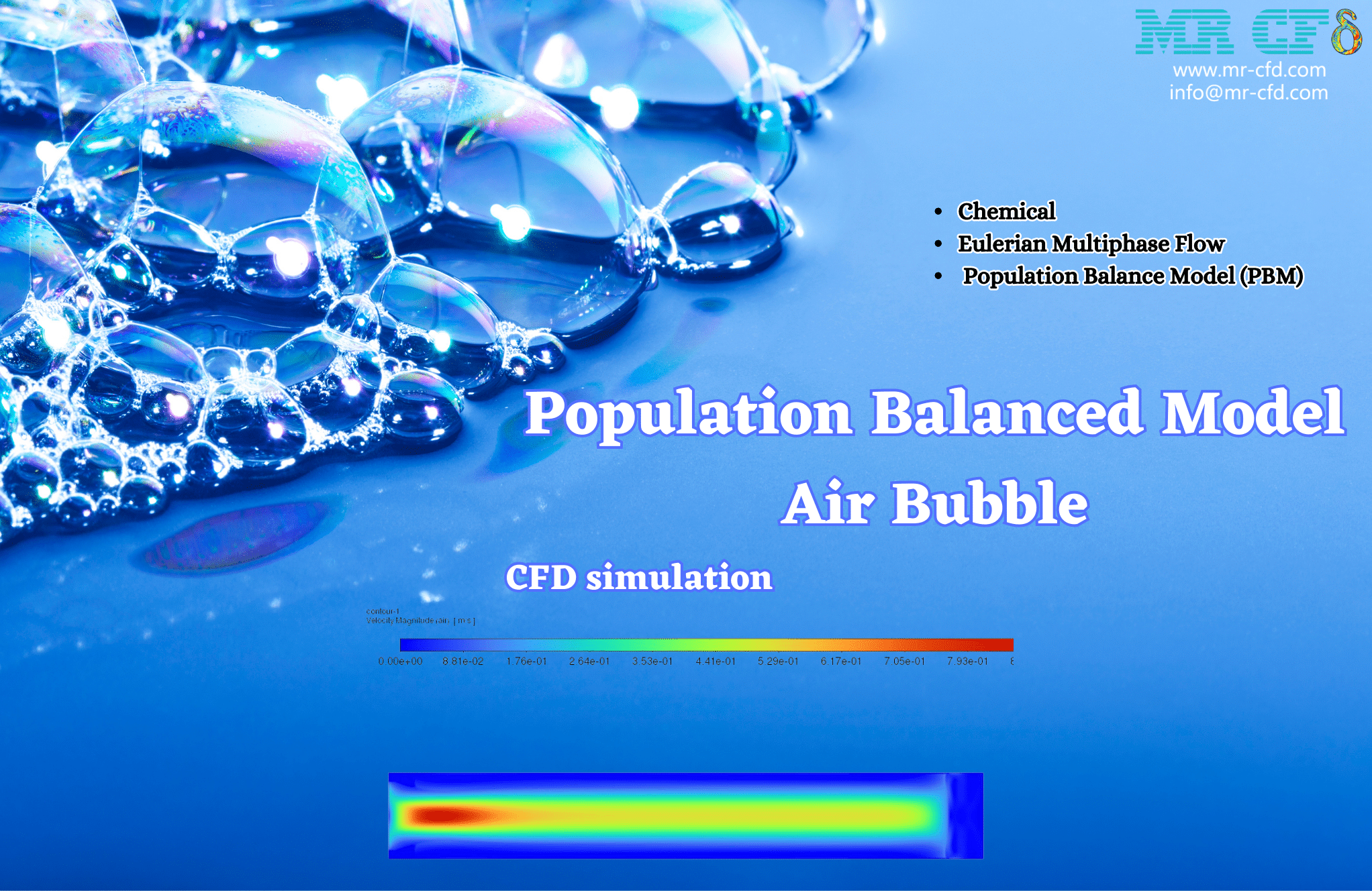
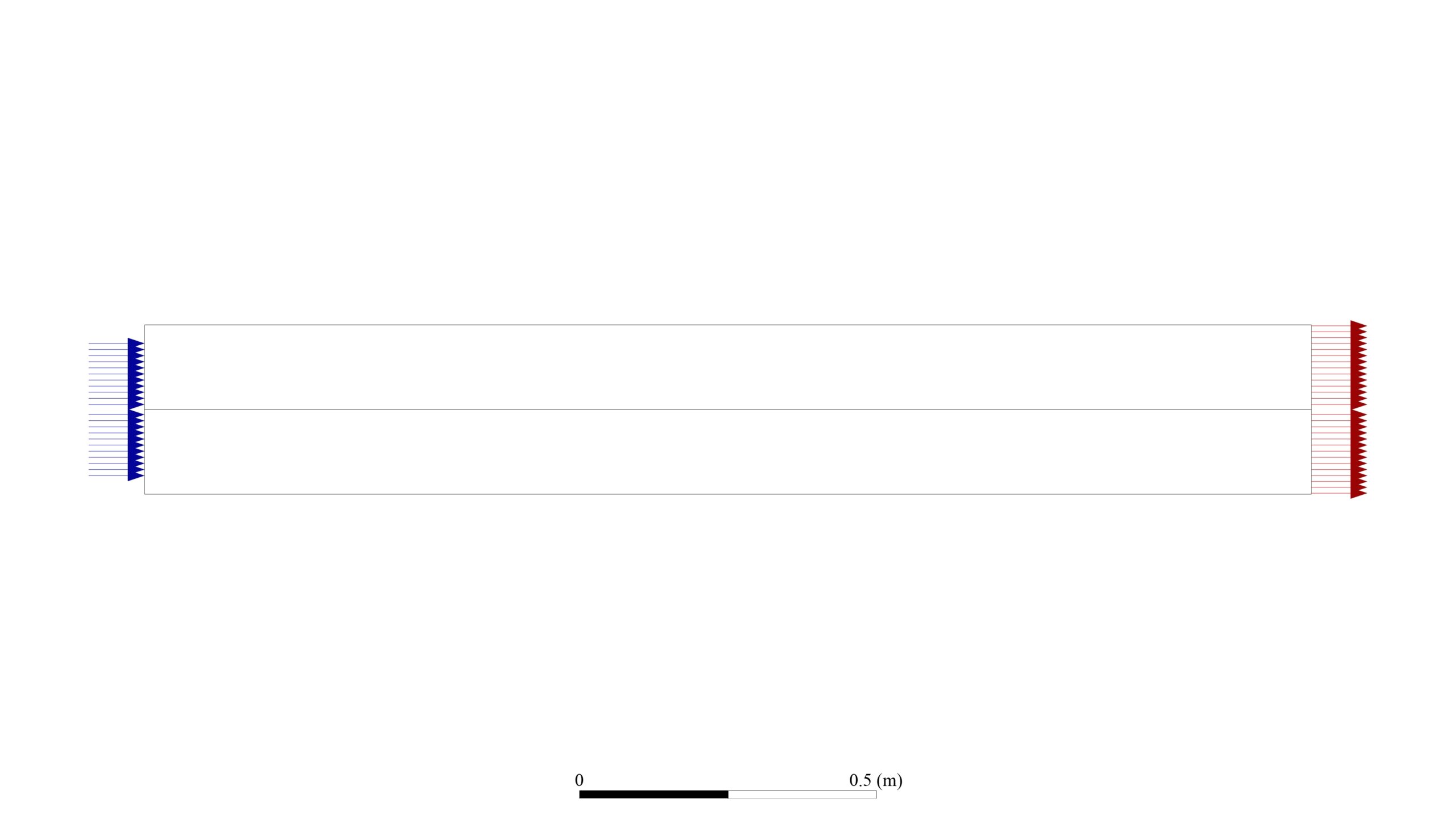
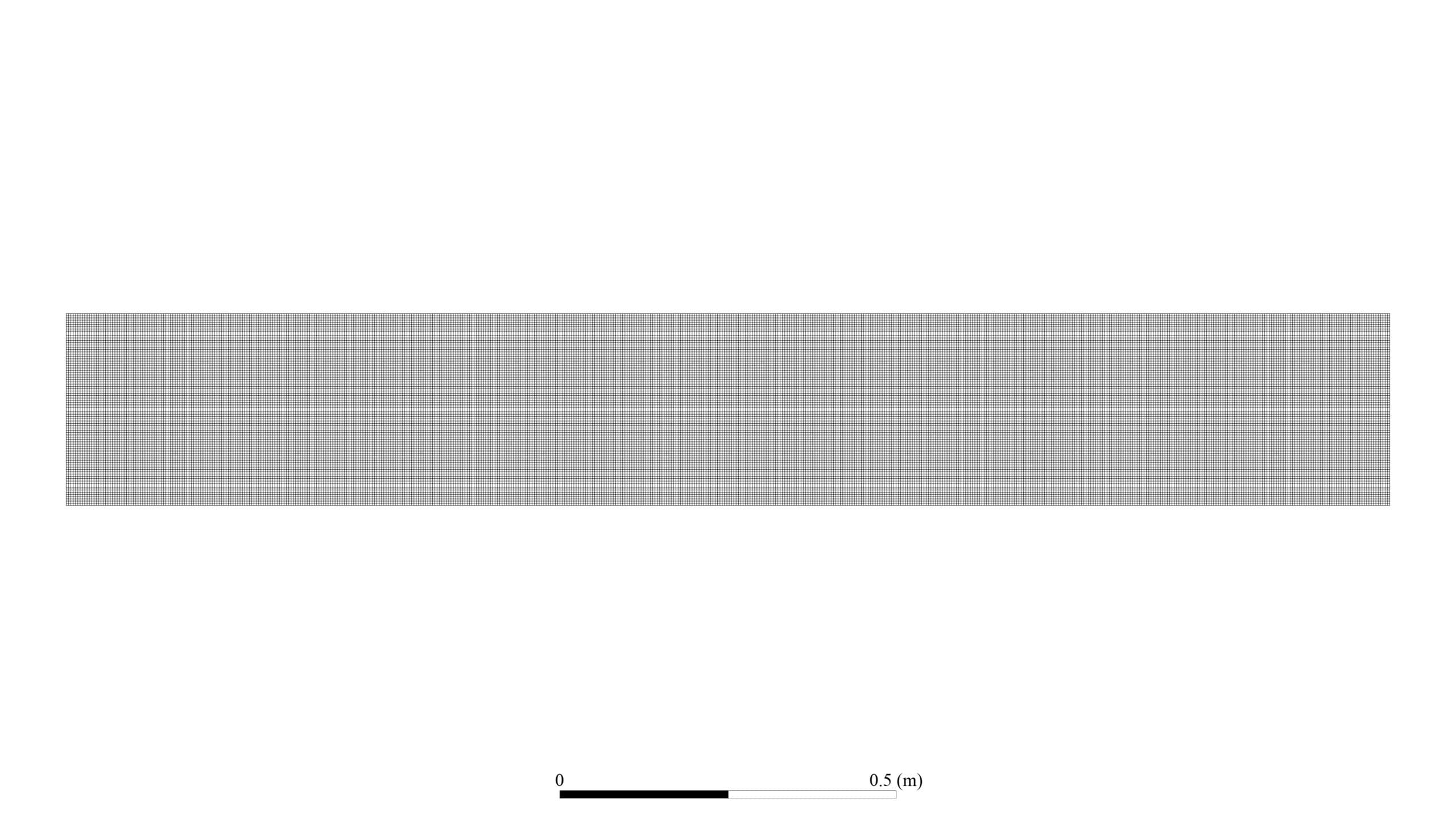
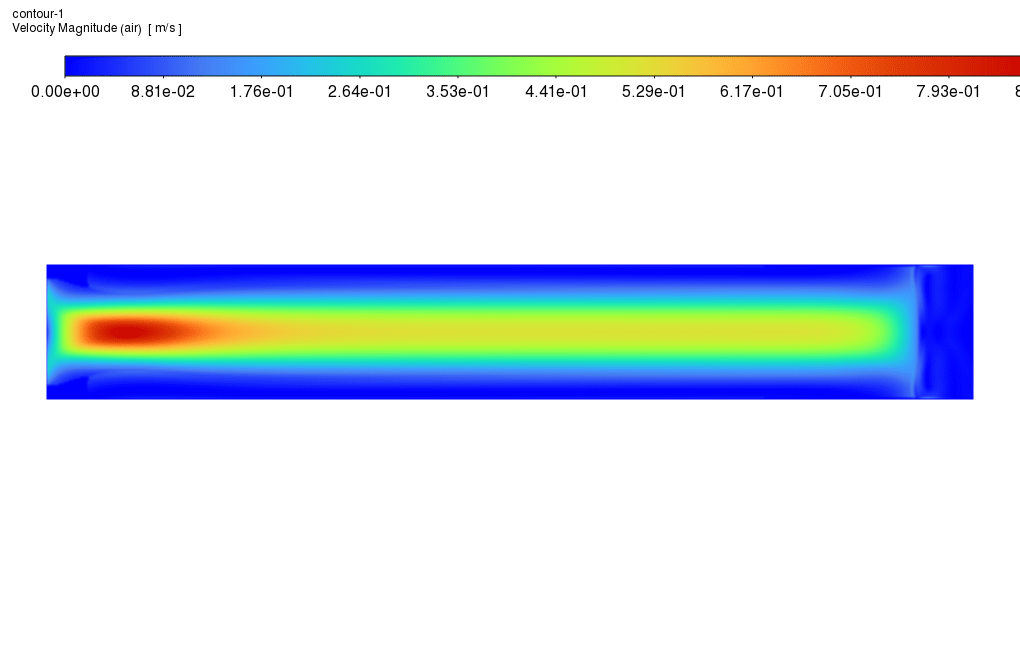
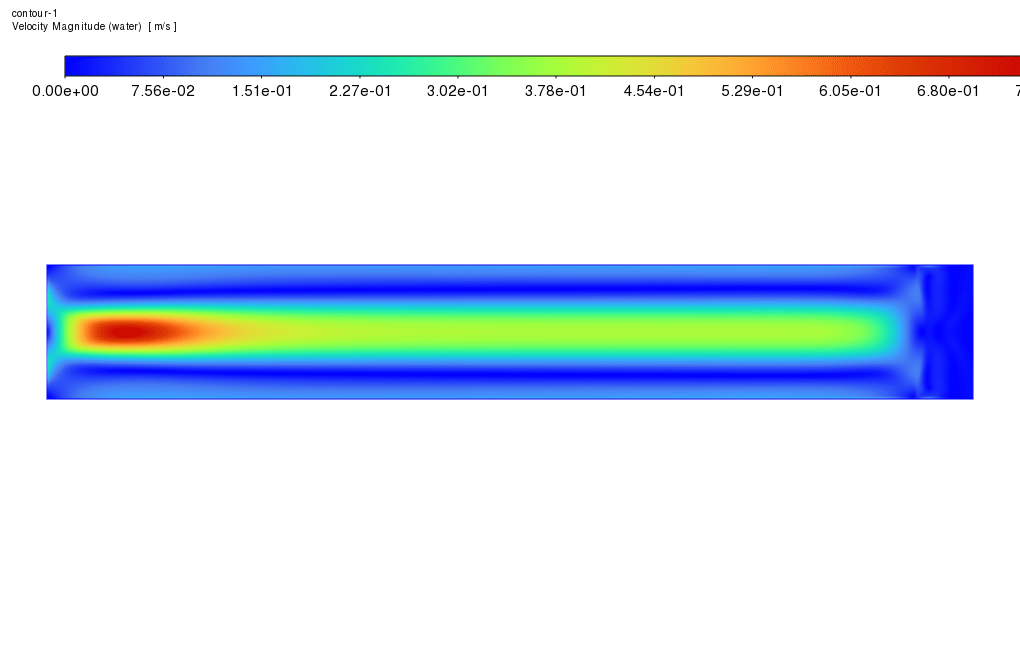
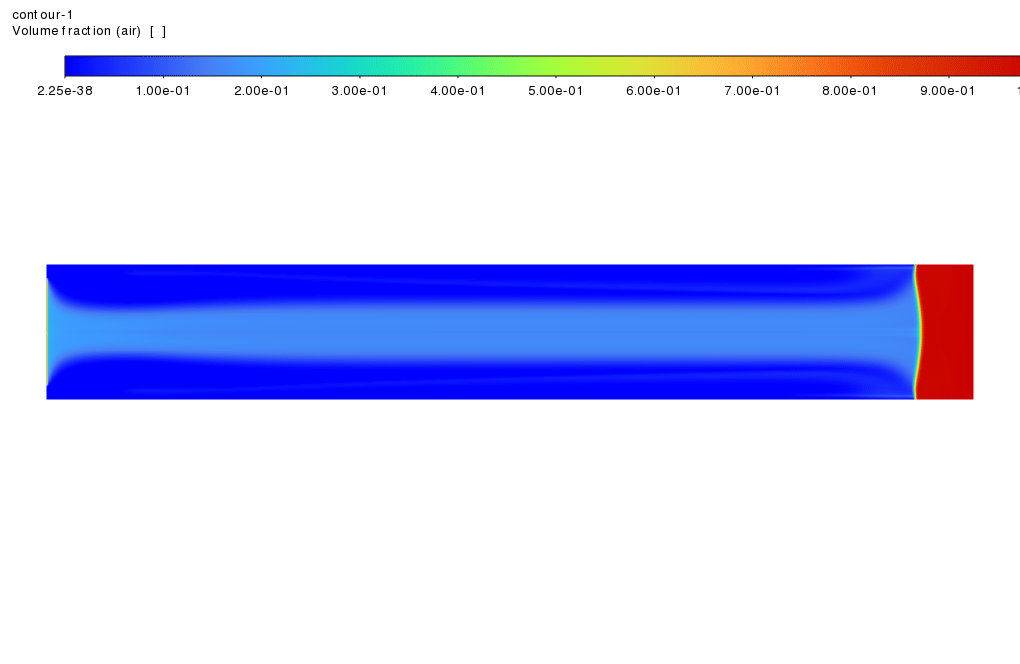
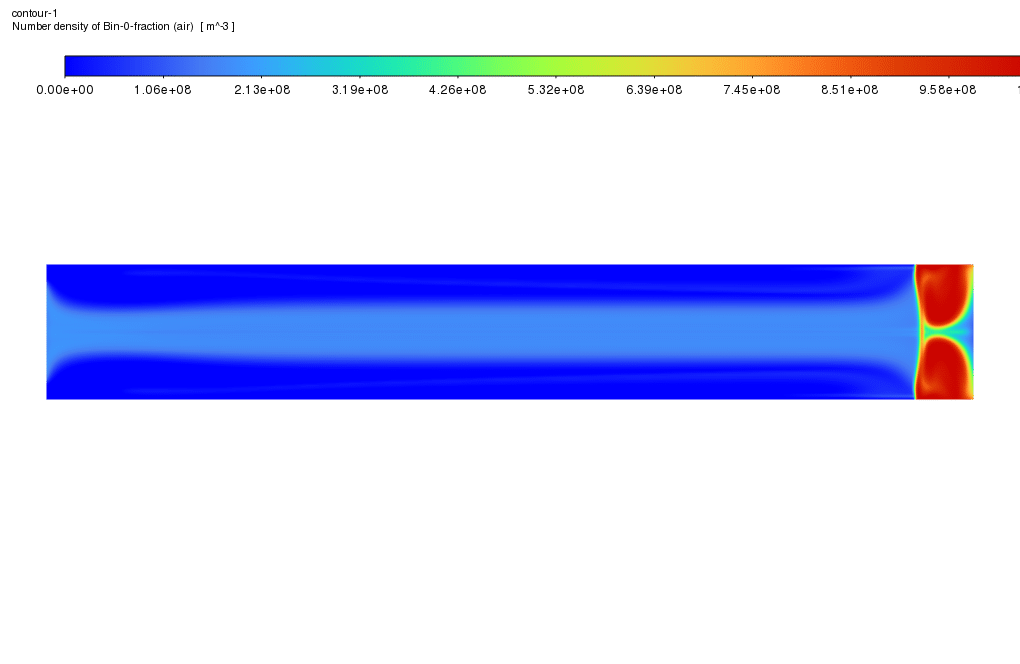
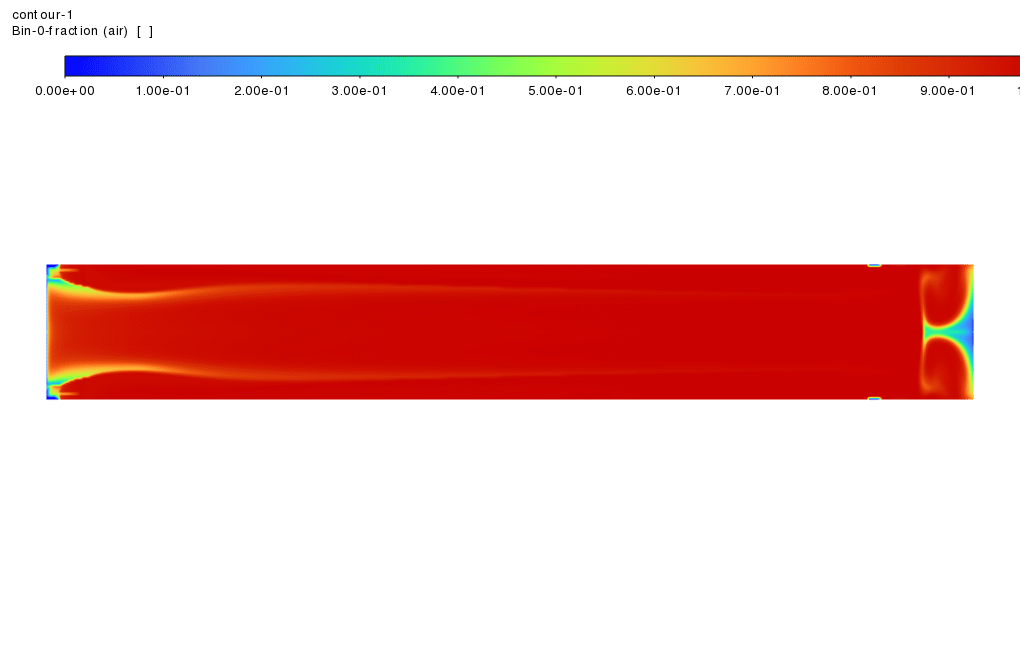
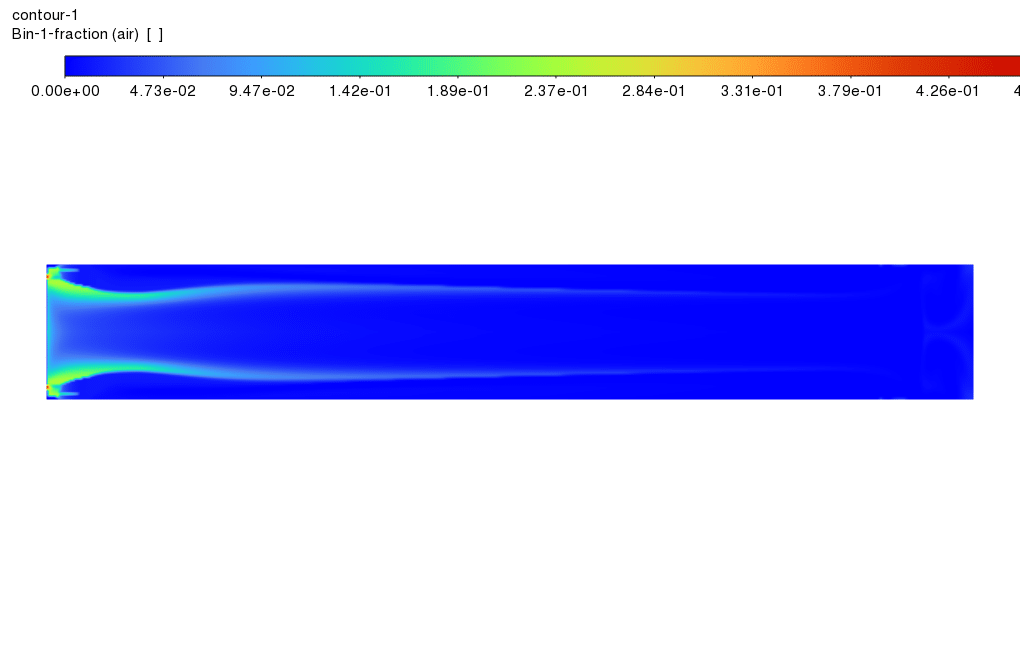


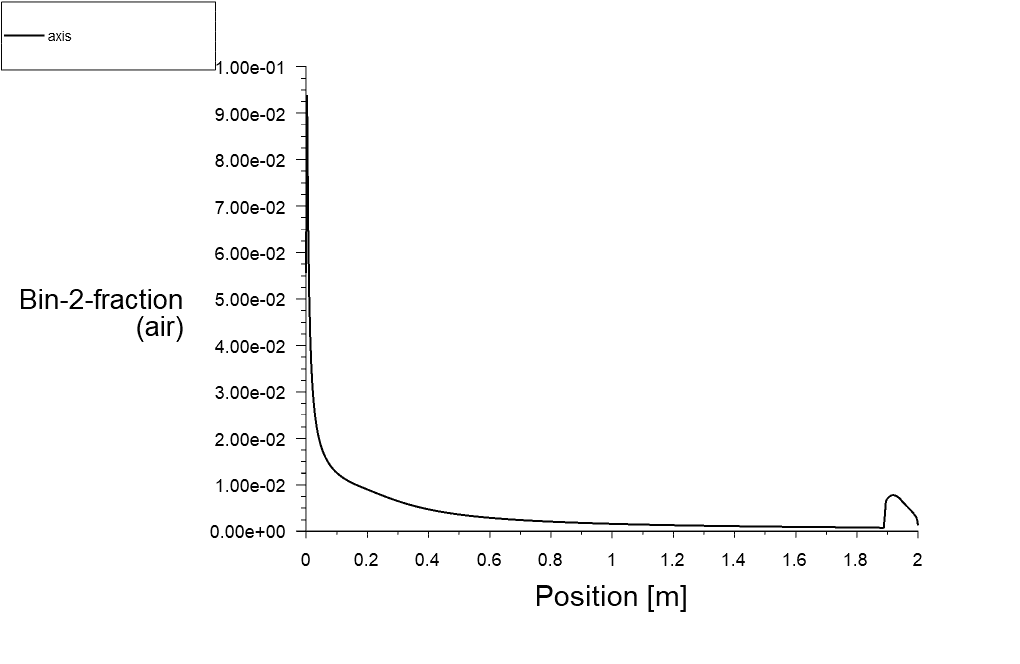
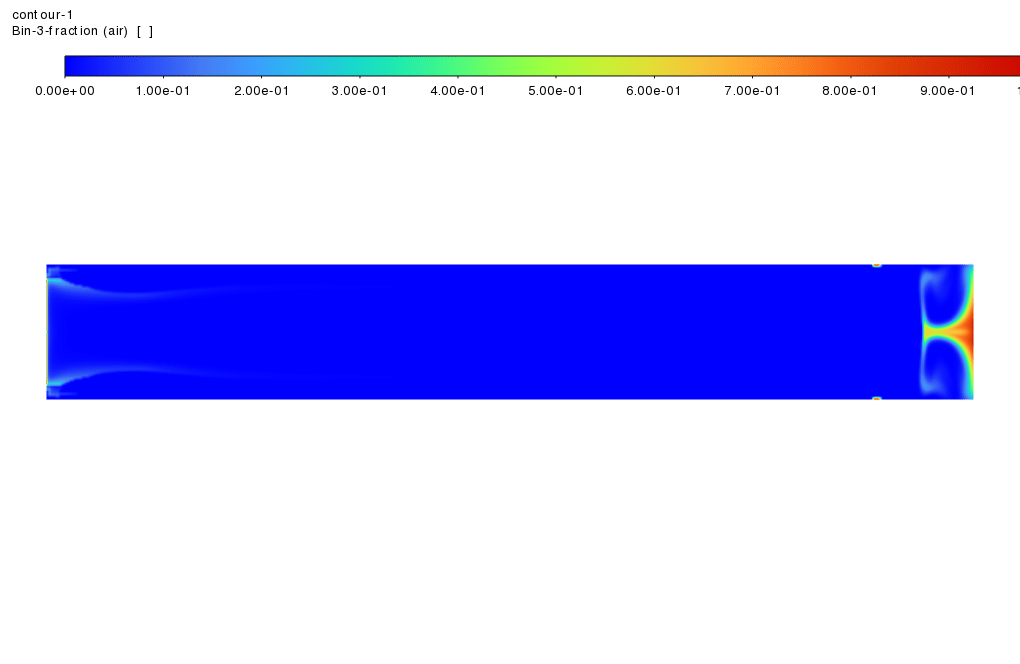
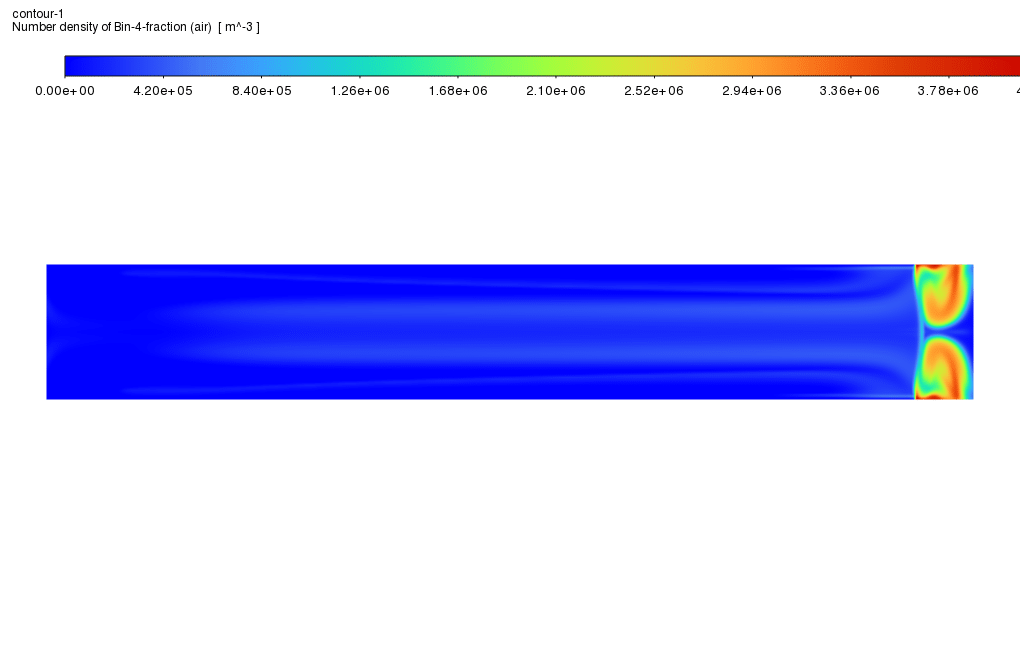
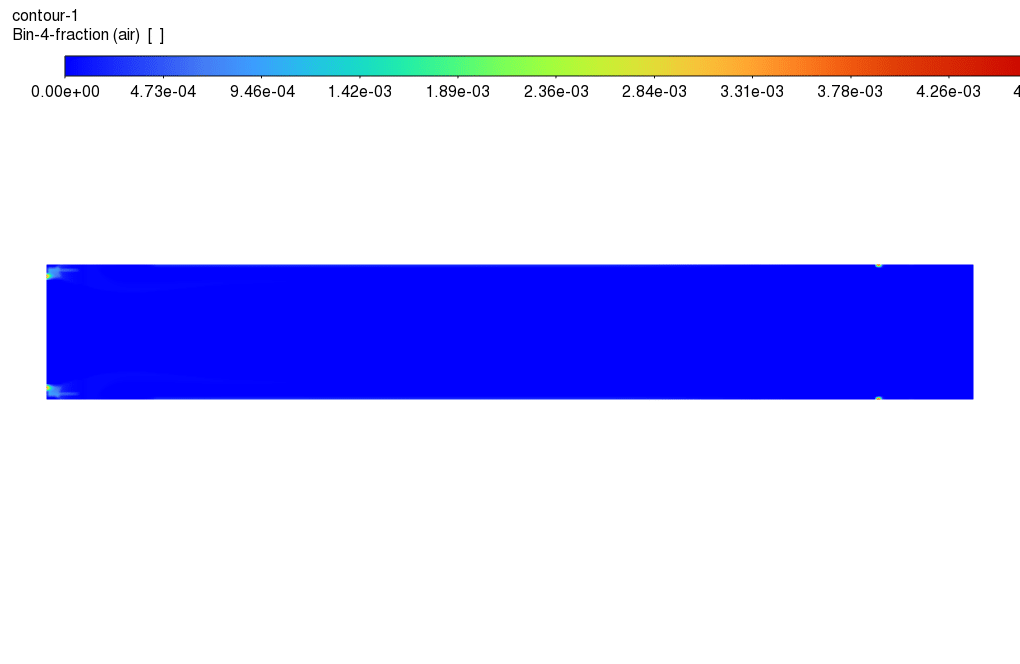
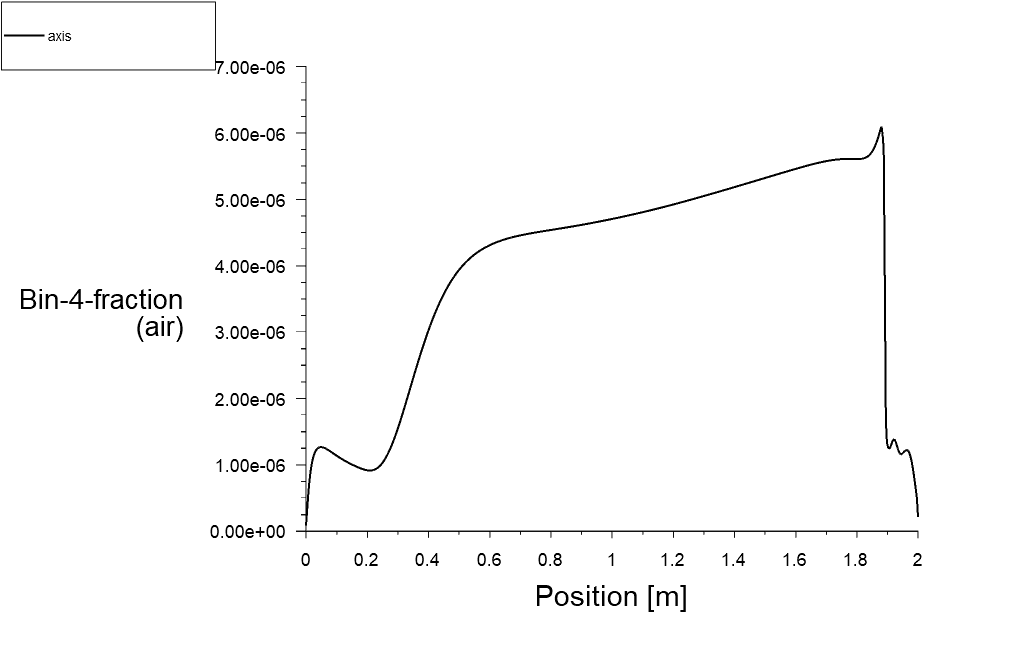
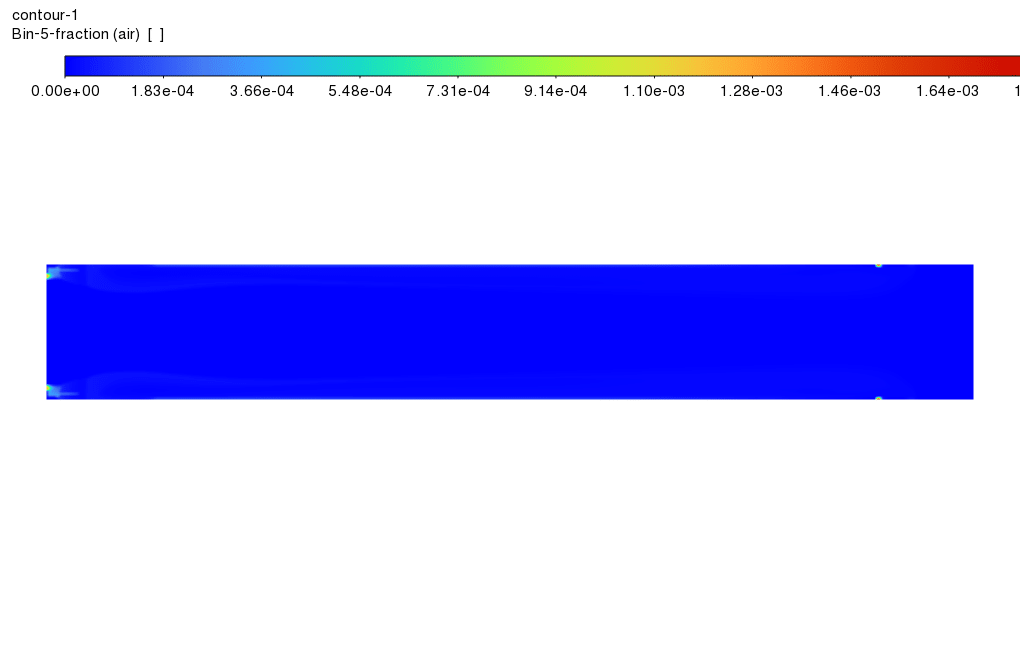
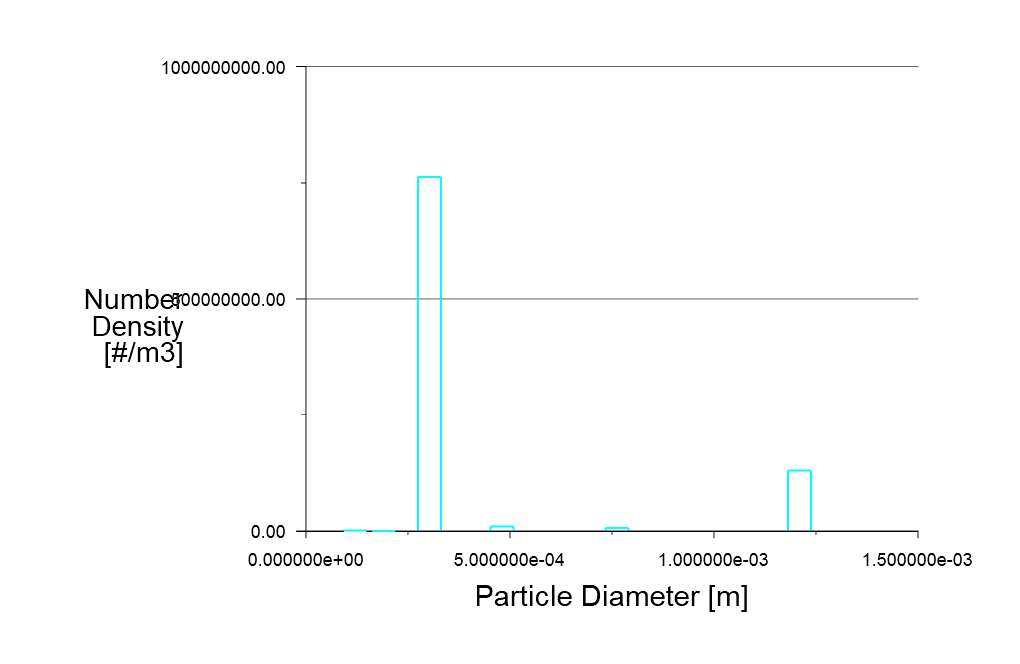

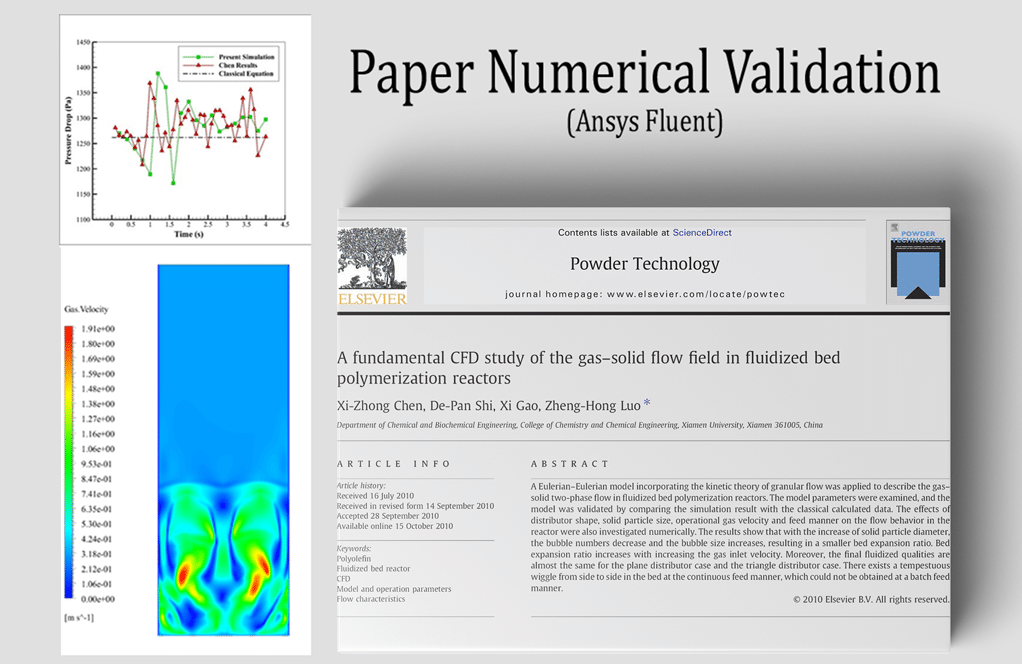

Mr. Justus Kassulke –
The training material explanation is engaging and thorough, leaving me excited to apply PBM in my projects. The practical applications mentioned are incredibly relevant to the industries I’m interested in.
MR CFD Support –
Thank you for your wonderful feedback. It’s great to hear that our training material has equipped you with valuable knowledge for your industry-related projects. We are thrilled that our Population Balanced Model Air Bubble CFD simulation has been so well-received and is impacting your work positively. If you need any further assistance or have more questions as you apply what you’ve learned, feel free to reach out!
Raquel Kunze –
Was there a specific reason to use the Luo model for the aggregation and breakage kernels?
MR CFD Support –
The Luo model was chosen for the aggregation and breakage kernels because it provides a reliable prediction of bubble coalescence and breakup phenomena, crucial for accurately simulating the dynamics within the Population Balanced Model.
Royal Davis –
The training sounds thorough. I felt like an expert on bubble dynamics after completing it, and the detailed insights regarding breakup and coalescence are invaluable for my research.
MR CFD Support –
Thank you for your positive feedback! We are thrilled to hear our training has contributed significantly to your research on bubble dynamics. If you have any further inquiries or need additional information on this topic, feel free to reach out to us.
Prof. Darron Purdy –
The training was incredibly detailed and informative. Learning how to model the diverse behaviors of air bubbles using the Population Balance Model opens up various industrial applications. Great job on structuring the course content that made complex concepts much more accessible.
MR CFD Support –
Thank you for your positive feedback! We’re glad to hear that you found the training detailed and accessible. If you have any further questions or need more information on applying these concepts to industrial applications, feel free to reach out to us.
Jakob Hackett DVM –
I love how the Population Balanced Model Air Bubble CFD simulation adds depth to the understanding of bubble dynamics in industry processes!
MR CFD Support –
Thank you for your kind words! We’re pleased to know that our ANSYS Fluent training on the Population Balanced Model Air Bubble CFD simulation has enriched your understanding of bubble dynamics. Your appreciation means a lot to us.
Mr. Brent Leffler –
I found the inclusion of the Luo model for both breakage and coalescence kernels interesting. Could you provide more details on how the Luo model affects the simulation and what are its specific advantages in modeling air bubbles in a water column?
MR CFD Support –
The use of the Luo model in the simulation improves the prediction accuracy for the breakup and coalescence of air bubbles. This model is particularly effective because it takes into account the turbulent eddy length scales, the size of the dispersed bubbles, and the continuous phase’s viscosity. It provides a means to more realistically simulate the natural phenomenon of air bubble interaction. The advantages are an enhanced understanding of bubble distribution and size, allowing for more accurate predictions of process behavior in relevant industrial applications.
Bradly Rowe –
I must say, the simulation insights provided by the Population Balanced Model on air bubble dynamics in a water column were incredibly detailed. The ability to track and predict the evolution of bubble sizes enhances our understanding impactfully. I’m amazed at how this level of detail can be applied to industrial processes to optimize efficiency. Fantastic work MR CFD Company!
MR CFD Support –
We’re thrilled to hear that you found the Population Balanced Model Air Bubble CFD simulation helpful and insightful! Knowing that our product can enhance understanding and contribute to optimizing industry processes is very rewarding for our team. Thank you for your positive feedback!
Prof. Oswald Turcotte IV –
I found the application of the population balance model in simulating air bubble dynamics fascinating. How accurate is the bubble size distribution from this CFD model compared to actual data in similar processes?
MR CFD Support –
In the Population Balanced Model Air Bubble CFD simulation, the accuracy of bubble size distribution is maintained at high standards by using sophisticated mathematical functions and continuous calibration against empirical data. The simulation’s ability to replicate bubble dynamics is typically validated with experimental data to ensure that the representations of breakup, coalescence, and overall bubble behavior closely mirror the actual processes taking place within similar, real-world systems.
Dr. Deshawn Bosco –
I recently finished the Population Balanced Model Air Bubble CFD simulation training and was fascinated by how detailed the modeling of bubble interactions was. It all sounds quite complex; I’m wondering if the training provides insights into how we can apply these simulation techniques to process optimizations in industries like wastewater treatment or chemical engineering?
MR CFD Support –
We’re delighted to hear that you found the Population Balanced Model Air Bubble CFD simulation training engrossing and informative. The training is indeed designed to not just provide a detailed understanding of the bubble dynamics but also to extend its application to industrial process optimizations. The course includes case studies and examples illustrating practical applications in industries such as wastewater treatment and chemical engineering, enabling trainees to leverage these simulation techniques for efficiency improvements in various processes.
Marilyne Marquardt –
The concepts handled in this training course seem very advanced. As a beginner, would this course teach me the fundamentals of population balance models before diving into complex simulations?
MR CFD Support –
Certainly, the course is designed to start with the basics of population balance models and gradually progress into more complex simulations. Rest assured, as a beginner, you will learn the necessary fundamentals and concepts at the beginning of the training before undertaking advanced scenarios.
Prof. Duane Adams –
This training sounds incredibly detailed! I loved the part where the AutoMesh feature resulted in a structured mesh with perfect element distribution. It’s impressive how the PBM was explained. The course must have taken a lot of effort to create such a comprehensive guide.
MR CFD Support –
Thank you for your kind words! We are happy to hear that you found the Population Balanced Model Air Bubble CFD simulation training both detailed and impressive. Our team indeed puts a lot of effort into creating comprehensive and easy-to-understand training courses. We are glad it resonated well with you and that the structured mesh aspect stood out. If you ever have any questions or need further assistance, feel free to reach out!
Lydia Kassulke –
The PBM Air Bubble simulation sounds fascinating! Could the plotted histogram for number density inform strategies for optimizing processes in industries like wastewater treatment?
MR CFD Support –
Indeed, the histogram for number density is a useful tool for understanding the frequency distribution of bubble sizes within the system. This information can be valuable for optimizing processes such as bubble aeration in wastewater treatment by adjusting operational parameters to achieve the most effective bubble size distribution for enhanced gas transfer, mixing, or separation processes.